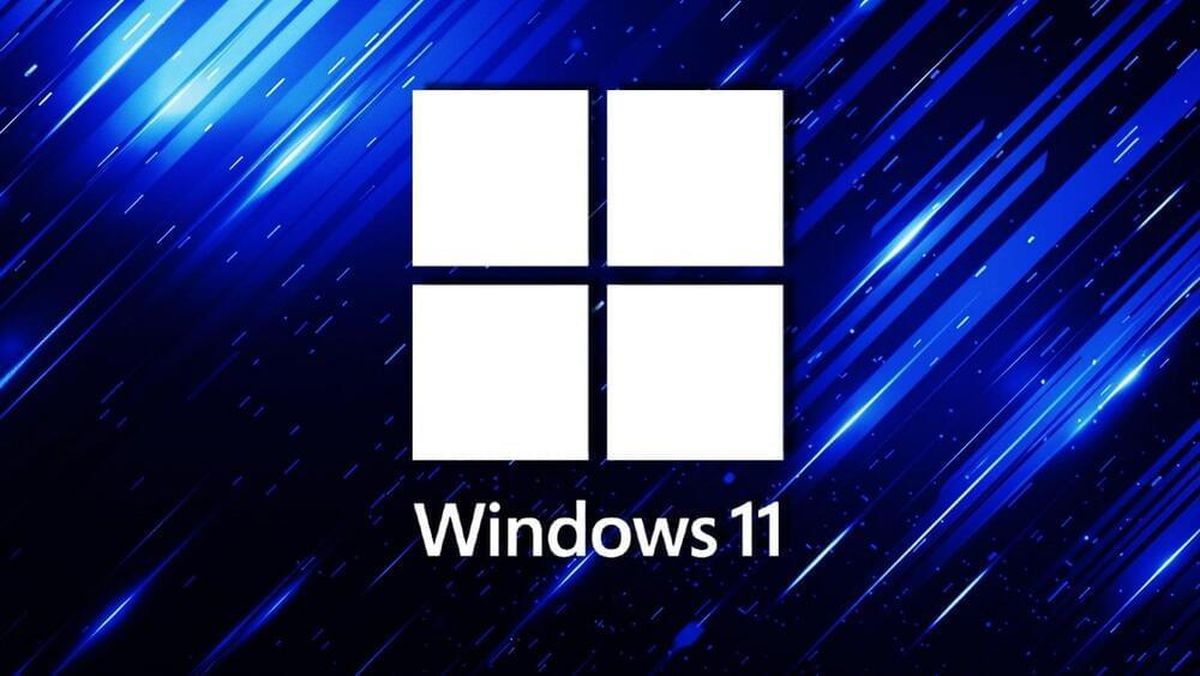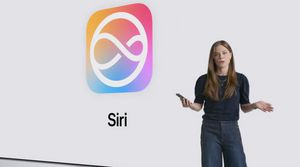Microsoft is making headlines this week with significant enhancements to the FAT32 partition size limit, changing the cap from 32GB to 2TB for Windows 11 users. This update marks nearly three decades of historical limitations on file systems, promising to bring relief to users facing restrictions on their storage options.
Released as part of the Windows 11 Insider Preview Build 27686 for the Canary Channel, this long-awaited change allows users to utilize the command line to format disks at this new maximum size. The move is seen as part of Microsoft's strategy to modernize its operating systems and improve overall usability.
Despite this impressive leap forward, it’s worth noting the difficulty of reaching the new partition sizes through more user-friendly methods. Currently, the graphical user interface (GUI) tool remains limited to 32GB, which means individuals ready to expand their storage will have to wade through command-line formatting or rely on third-party applications.
The FAT32 file system has struggled to stay relevant alongside formats like exFAT and NTFS, primarily due to its historical limitations. The 4GB file size restriction tied to FAT32 remains unchanged, still posing challenges for users dealing with larger files.
Tech community reaction to the new partition capabilities has been overwhelmingly positive, especially among users who utilize FAT32 for compatibility purposes. With more and more devices needing support for older formats, Microsoft's commitment to maximizing the usefulness of FAT32 illustrates their consideration for legacy systems.
Dave Plummer, the retired Microsoft engineer credited with instituting the original partition cap, outlined his reasoning behind the decision back when FAT32 was implemented. He noted, "I picked the number 32GB as the limit and went on with my day," reflecting on how his seemingly minor choice has had lasting repercussions well beyond its expected lifespan.
Plummer pointed out he never anticipated the cap would persist for nearly thirty years; he thought it would be replaced long before SD cards became commonplace. His story speaks to the unforeseen nature of technology development and the evolving requirements of users over time.
Interestingly, Plummer debunked rumors claiming Microsoft had imposed the original 32GB limit to promote NTFS adoption. He clarified the cap was merely to manage storage efficiency and was never part of some grand corporate strategy.
For those managing storage on Windows systems, this change provides greater flexibility, most critically for users with older USB drives or SD cards. The ability to create larger FAT32 partitions directly addresses user needs and reflects Microsoft's responsiveness to consumer feedback.
Overall, the expanded FAT32 support is part of Microsoft's broader effort to remain competitively relevant, catering to user demand for practicality over time. Reducing redundancies between different file systems can lead to streamlined experiences and enhanced productivity for users everywhere.
For now, the spotlight remains on how users will adapt to utilizing the command line for formatting tasks, balancing the trade-offs between usability and advanced features. This could usher new discussions on user interface improvements, calling for updates to tools to reflect the expanded capabilities now available.
Windows enthusiasts can expect this to tip the scales toward better customer satisfaction as they experiment with the new builds. With the potential for fewer hassles related to multi-partition drives, the update undoubtedly marks progress.
Looking forward, it remains to be seen if Microsoft will eventually integrate these limitations across its GUI tools, allowing users to enjoy similar accessibility as those adept at command-line interfaces. Until then, the tech community waits with bated breath to see what other improvements Microsoft has lined up for its flagship operating system.




